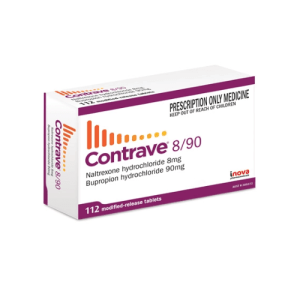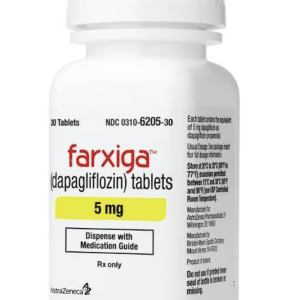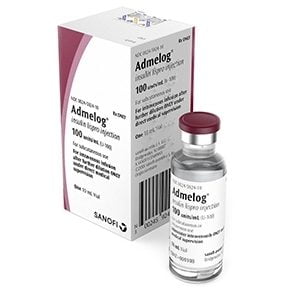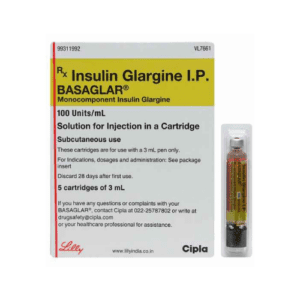Grits, a popular staple in Southern cuisine, are often enjoyed as a comforting breakfast or side dish. However, for diabetics, it’s essential to understand how grits affect blood sugar levels and whether they can fit into a diabetes-friendly diet. This article explores the nutritional aspects of grits and offers guidance on how diabetics can enjoy them while managing their condition.
Understanding Grits and Their Nutritional Profile
Grits are made from ground corn and can be prepared in various ways. They are primarily a carbohydrate source, which means they can impact blood sugar levels.
Do Grits Have Carbs?
Yes, grits are high in carbohydrates. A typical serving of grits (one cup cooked) contains about 38 grams of carbs. This is a significant amount, and diabetics must account for these carbs when planning their meals.
Grits Glycemic Index
The glycemic index (GI) measures how quickly foods raise blood sugar levels. Grits have a moderate to high glycemic index, which means they can cause a rapid increase in blood sugar. The exact GI can vary depending on how the grits are processed and prepared.
Are Grits Good for Diabetics?
Are grits good for diabetics? The answer isn’t straightforward. While grits are high in carbs, they can still be part of a balanced diet if consumed in moderation and paired with other low-GI foods. Adding protein or healthy fats can help slow down the absorption of carbs, leading to more stable blood sugar levels.
Are Grits Bad for Diabetics?
Are grits bad for diabetics? They aren’t inherently bad, but portion control is critical. Large portions can lead to spikes in blood sugar. It’s important to monitor blood sugar levels after eating grits to understand how they affect your body.
Tips for Including Grits in a Diabetic Diet
- Control Portions: Stick to small servings to manage carb intake.
- Pair with Protein: Add eggs, lean meat, or a dairy product to your meal to balance the carbs in grits.
- Choose Whole Grain Grits: Whenever possible, opt for whole grain or stone-ground grits, which have a lower GI than instant or refined grits.
- Avoid Added Sugars: Prepare grits without added sugars and be cautious of high-calorie toppings like butter and cheese.
Grits vs. Other Carbohydrates
Can Diabetics Eat Popcorn?
Can diabetics eat popcorn? Yes, popcorn can be a better snack option for diabetics compared to grits, due to its lower carb content and higher fiber. However, plain, air-popped popcorn is the best choice. Avoid buttered or flavored varieties that can contain added sugars and fats.
Does Popcorn Raise Blood Sugar?
Does popcorn raise blood sugar? Popcorn has a lower glycemic index than grits, which means it has a more gradual effect on blood sugar levels. However, it’s still important to eat it in moderation.
Practical Meal Ideas
Here are a few ideas on how to include grits in a diabetes-friendly diet:
- Breakfast Bowl: Pair a small serving of grits with scrambled eggs and avocado.
- Savory Grits: Add grilled chicken and sautéed vegetables to a bowl of grits for a balanced meal.
- Cheese Grits: Use low-fat cheese to prepare a healthier version of cheese grits.
Conclusion
Can a diabetic eat grits? Yes, but with caution. Understanding how grits affect blood sugar and incorporating them wisely into your diet can allow you to enjoy them without compromising your health. Always monitor your blood sugar levels and consult with a healthcare provider to tailor dietary choices to your individual needs.
Key Takeaways
- Grits are high in carbs: Moderation and portion control are crucial.
- Pair with protein and healthy fats: This helps balance the impact on blood sugar.
- Opt for whole grain varieties: They have a lower glycemic index than refined grits.
- Monitor blood sugar levels: After consuming grits to understand their effect on your body.
By making informed choices, diabetics can enjoy a varied and satisfying diet that includes their favorite foods like grits.






